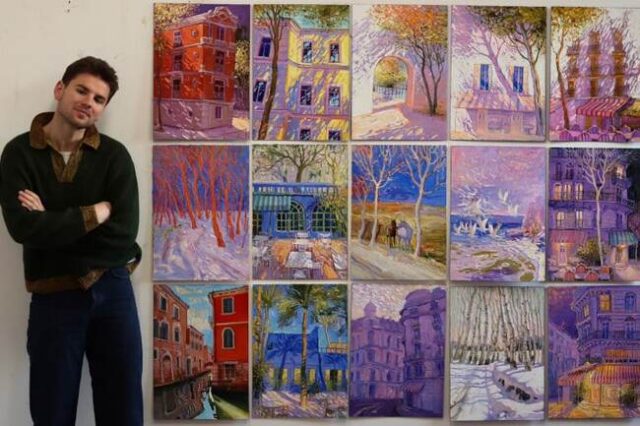
Artist Sergiu Ciochină captures the charm of European cities in his textured paintings by focusing on more than just iconic landmarks. Based in Paris, Ciochină finds inspiration in everyday scenes, such as the colors of buildings and the interplay of light and shadows on various surfaces. His paintings, while based on real elements like buildings, flowers, and streets, transcend mere replication of photographs. Instead, he uses these elements as a springboard for his creative process, blending observation with artistic interpretation to produce unique landscapes. “None of them can be called copies of photographs,” Ciochină explains. His work is a fusion of creativity, technique, and personal vision, resulting in pieces that offer viewers a new perspective on familiar settings.

Ciochină’s artistic approach is as diverse as his sources of inspiration, which he finds in unexpected places during his daily life and travels. Originally from Moldova, his move to Paris has profoundly influenced his style, pushing him towards realism and a deeper exploration of light and shadow in architecture. He uses various materials, including oil paint, acrylic, pastel, and charcoal, to achieve his desired effects. Despite the influences and comparisons to masters like Van Gogh and Monet, Ciochină strives to establish a distinctive visual language. “I have developed my style, and I am happy to continue developing it,” he states. His ultimate goal is to bring joy to those who appreciate his art, enhancing their lives and homes with his unique vision of Europe’s beauty. Follow him on Instagram to stay updated on his latest works and exhibitions.
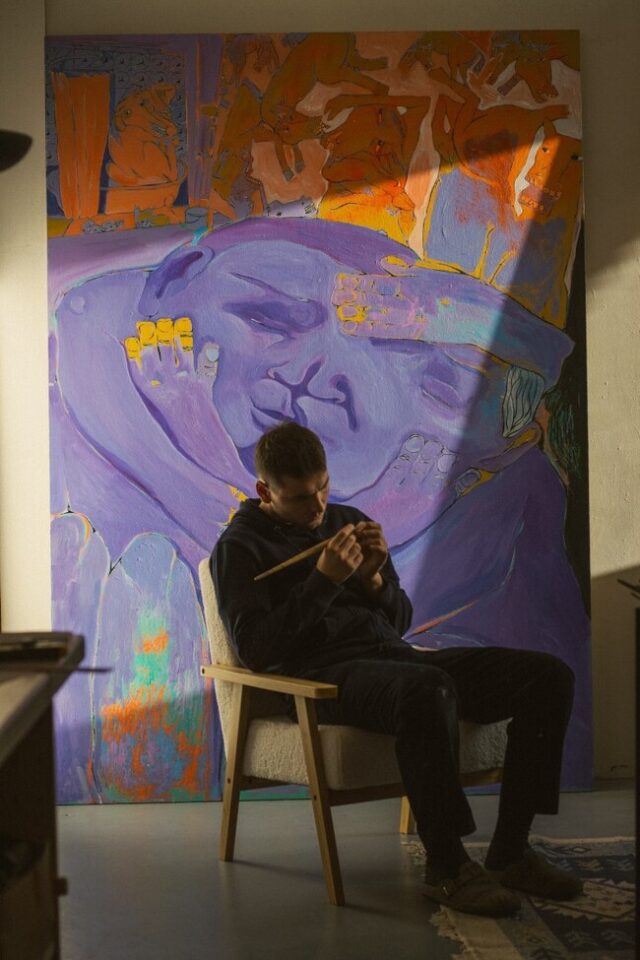
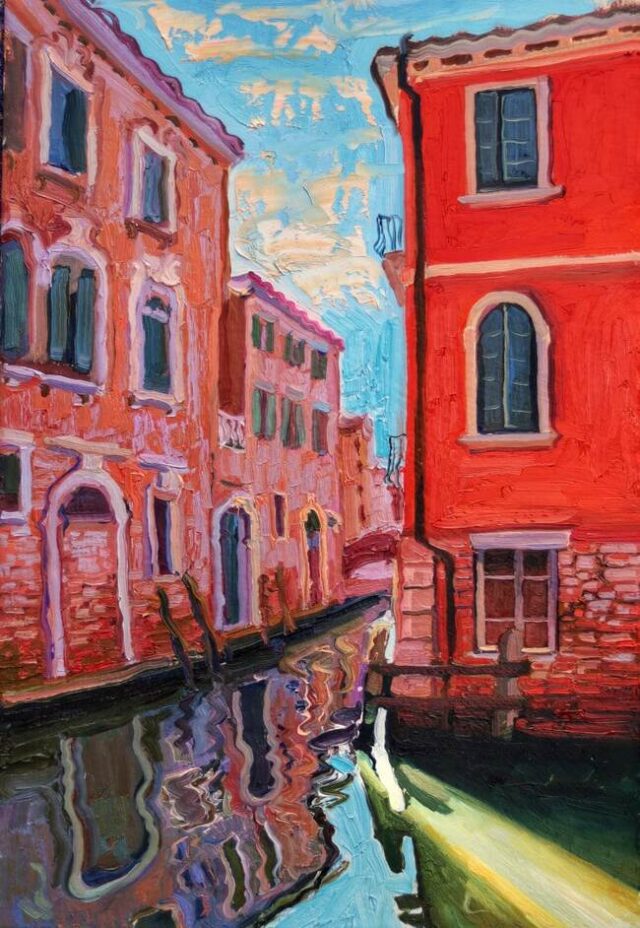

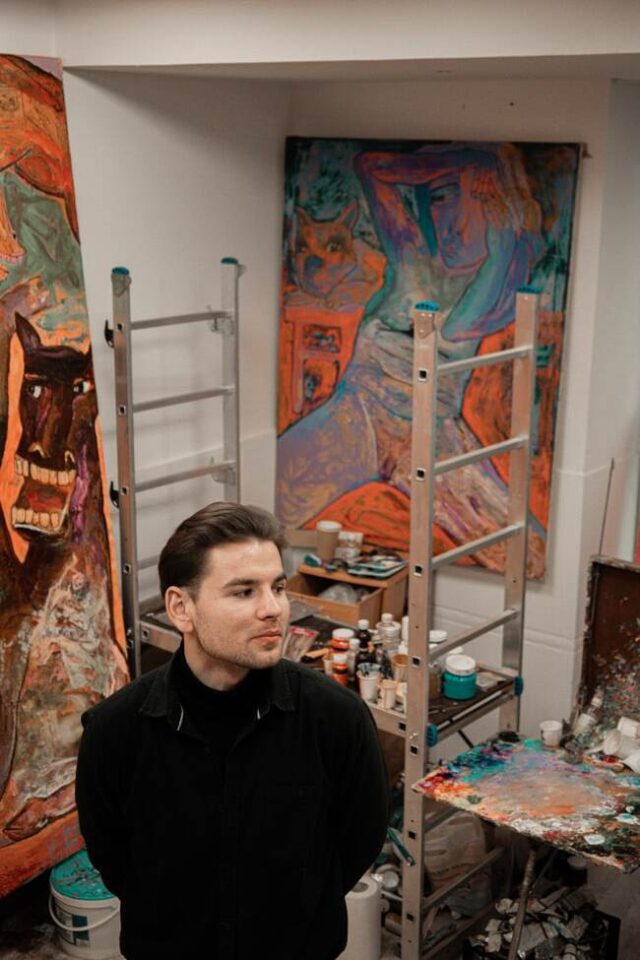
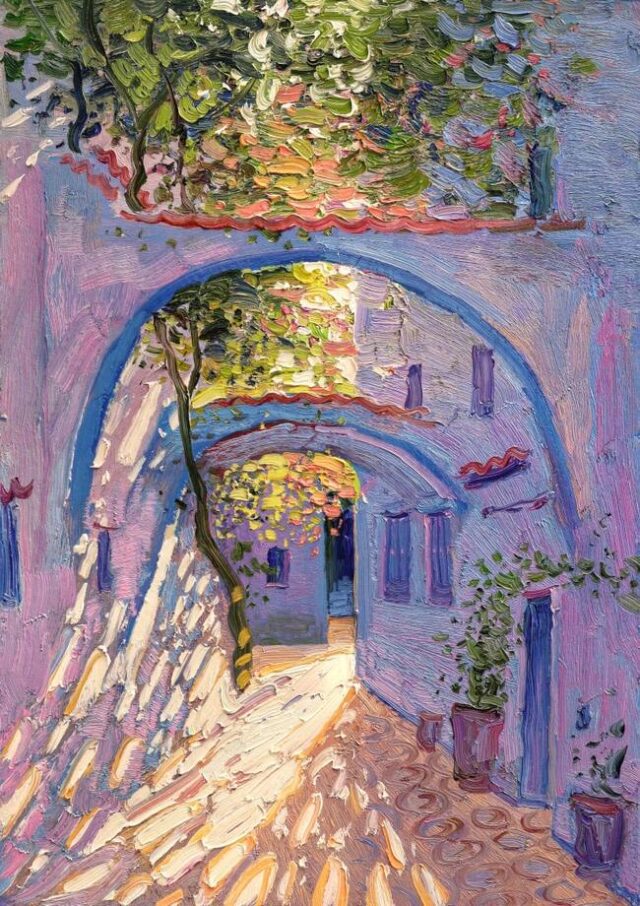
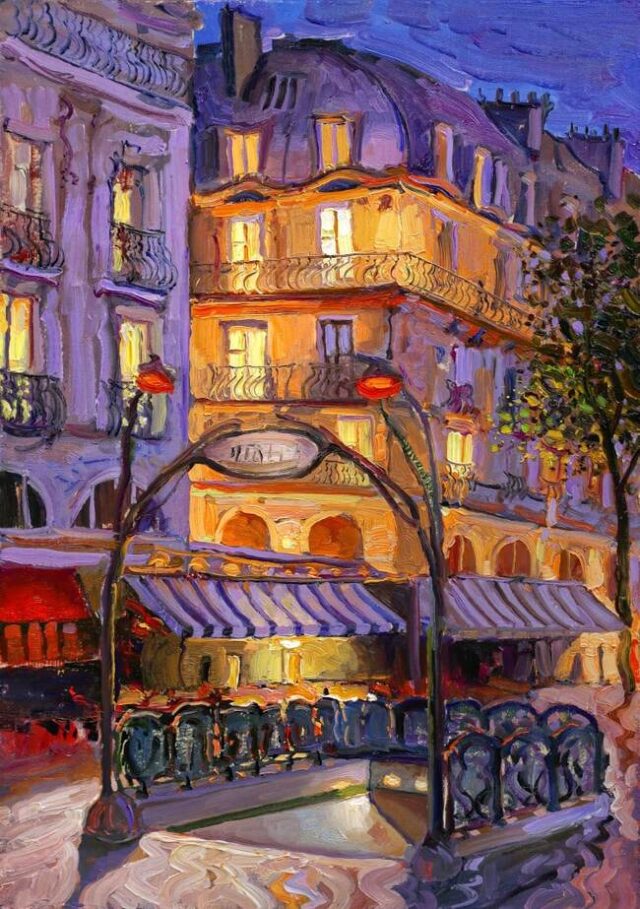

If your favorite fashion icon is Slash from Guns N’ Roses and you appreciate quality craftsmanship, you should check out Spanish haberdashery Blade Hats. Marcos Souto, the owner of Blade Hats, is a master craftsman who handcrafts rock-and-roll hats with skulls on top, blending traditional millinery techniques with bold, modern designs. Watching Souto in action is impressive; he meticulously cuts, steams, and hand-molds fabric over wooden hat blocks before hand-sewing embellishments onto his bespoke creations. Inspired by 80s heavy-metal rock bands, Souto’s hats feature distinctive skull motifs, metal chains, and even playing cards, attracting customers from around the globe. Each hat is a unique piece of art, showcased through his engaging social media posts. In one video, Souto even lights his work on fire, using the flames to create a velvety texture and the perfect amount of distress, demonstrating his innovative approach to hat-making.

The techniques Souto employs were once the industry standard but fell out of favor with the advent of mass manufacturing and the rise of department stores in the late 19th century. Artisanal hats like those from Blade Hats have become rare, with each hat taking about three to five months to complete due to the labor-intensive process. Thanks to the magic of social media, fans can witness the entire creation process condensed into the length of a Metallica song, highlighting Souto’s exceptional skill and dedication. Even Slash owns one of Blade Hat’s designs, a testament to their rock-and-roll appeal. If you’re considering trading in your baseball cap for custom headwear, Blade Hats’ offerings range from about $485 to $1,500 and can be viewed on their website, promising a unique and stylish upgrade to your wardrobe.



The burgeoning demand for nickel, driven by the rise of electric vehicles (EVs), has prompted innovative approaches to resource extraction, with phytomining emerging as a notable solution. Phytomining leverages the natural ability of certain plants to accumulate metals like nickel from the soil, thus offering a more sustainable alternative to traditional mining. Plants such as Odontarrhena decipiens can concentrate up to 2% of their biomass in nickel, enabling the extraction of significant quantities of the metal without the environmental toll associated with mining. This method involves growing these Continue reading “Flower Farm Could Supply Nickel for Electric Vehicle Batteries” »
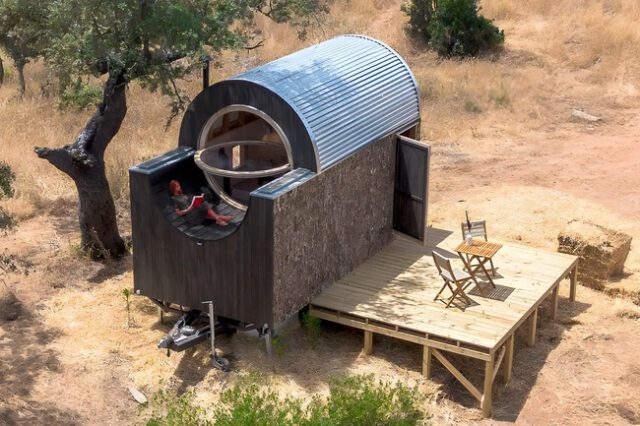
The Terra m1_Tiny House on Wheels by Portuguese woodworking specialist MadeiGuincho stands out with its unique design and efficient use of space. This compact tiny house measures just 5 meters (16.4 feet) in length and is designed for couples or individuals seeking a short vacation in the scenic Alentejo region of Portugal. The house features a charming curving roof reminiscent of traditional Vardo Romani wagons, adding a touch of nostalgic elegance. The roof’s barrel vault form not only enhances the aesthetic appeal but also serves a practical purpose by providing a terrace area for relaxation. The exterior is partly clad in cork and timber, blending harmoniously with the natural surroundings. Mounted on a double-axle trailer, the house also includes a small deck area, expanding the living space into the outdoors.
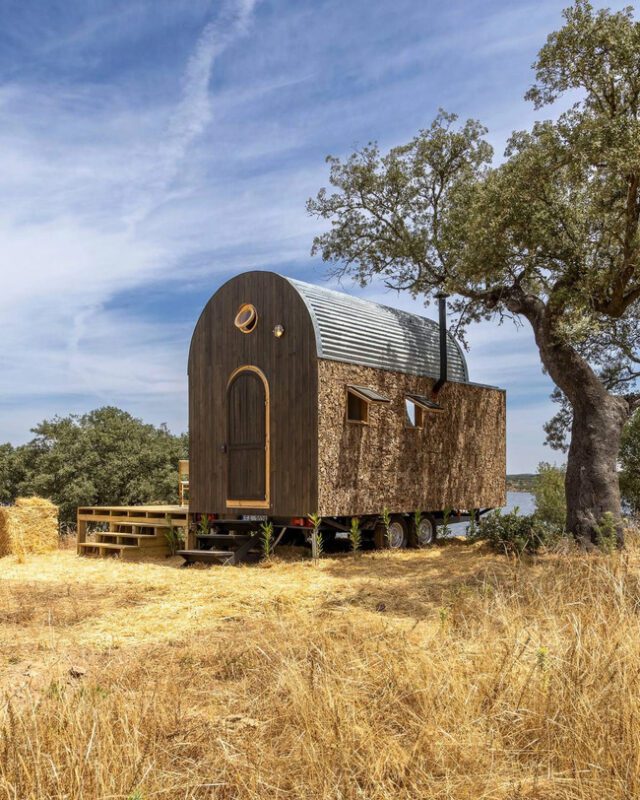
Inside, the Terra m1_Tiny House on Wheels is thoughtfully designed to maximize functionality and comfort within its compact dimensions. The main sleeping area on the ground floor features a double bed, while wooden steps lead to an additional loft space above the entrance, which can serve as a bedroom or storage area. The interior is finished in warm wood tones and includes a combined seating and storage area, a small kitchen, and a wood-burning stove for heating. Porthole-style windows add to the nautical theme and allow natural light to flood the space. The largest window, located above the main sleeping area, opens onto the roof terrace via removable steps. This snug terrace offers a cozy spot for relaxation, shaded by a nearby tree, making it an ideal place to unwind with a book. MadeiGuincho continues to impress with its innovative designs, creating unique and functional tiny homes that cater to modern needs while retaining a distinct stylistic charm.
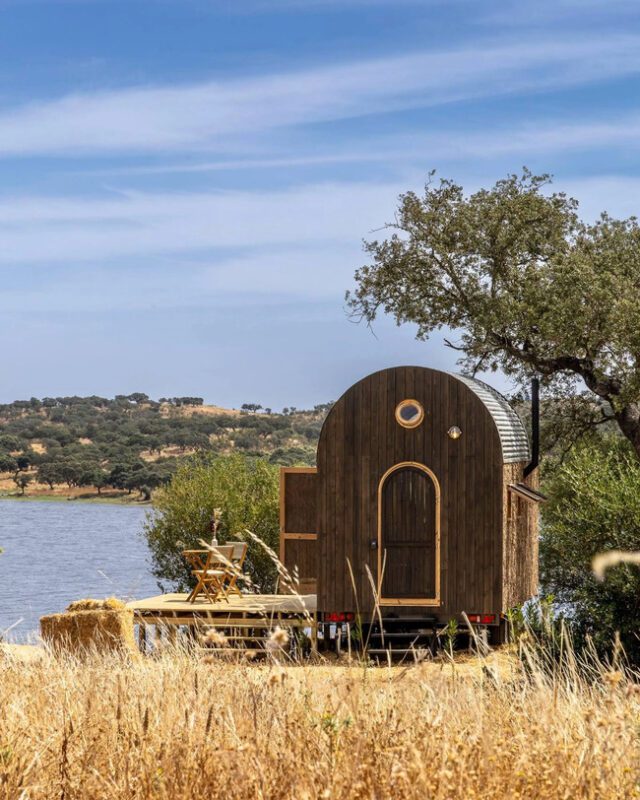
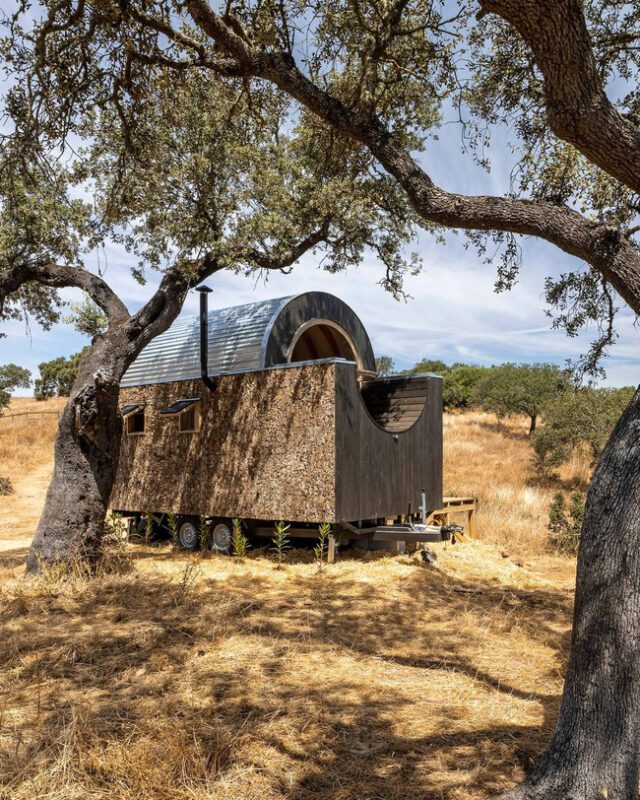
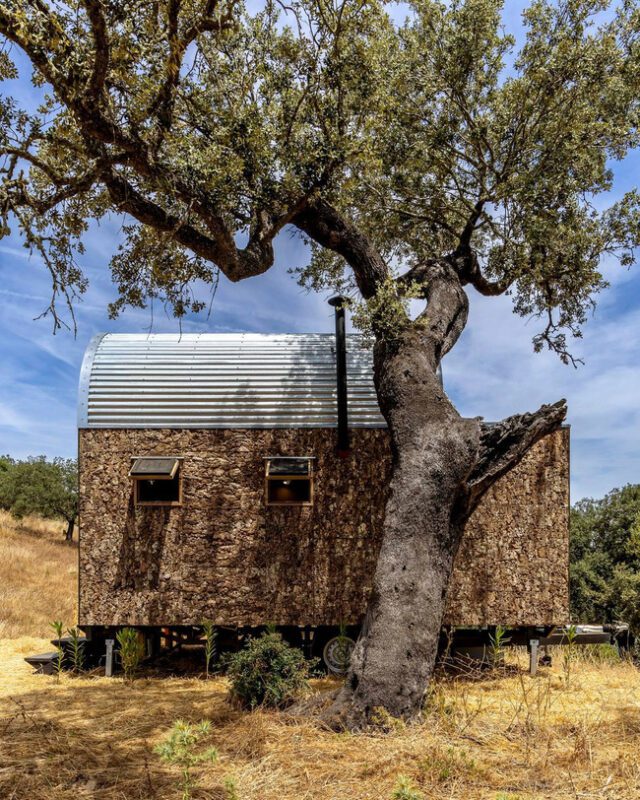
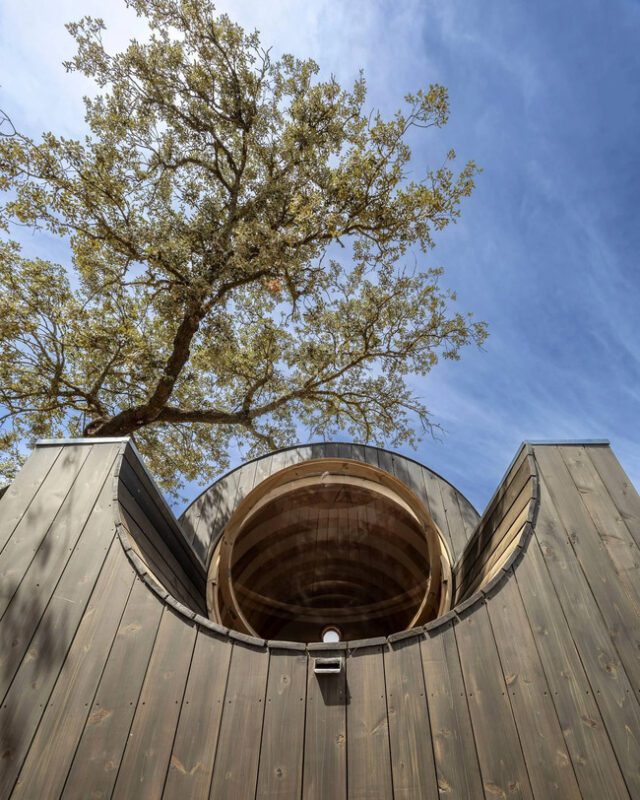
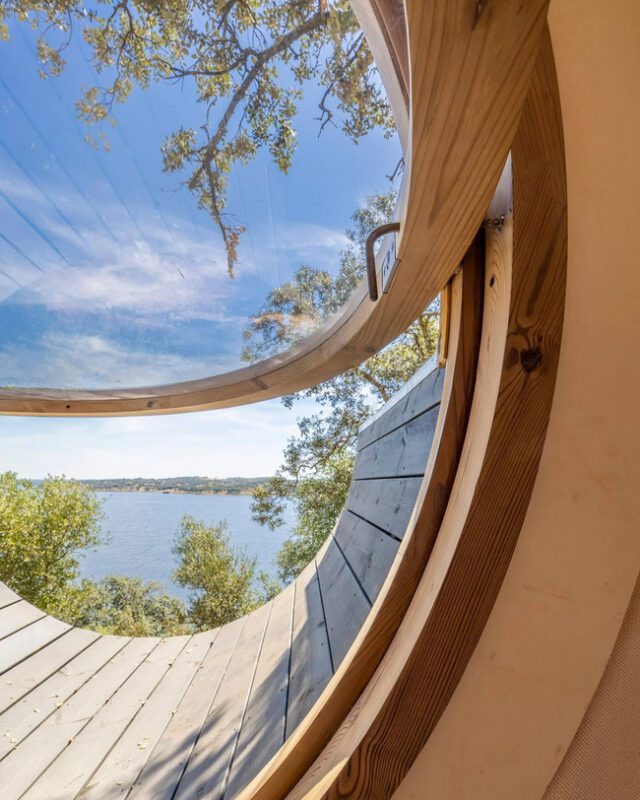
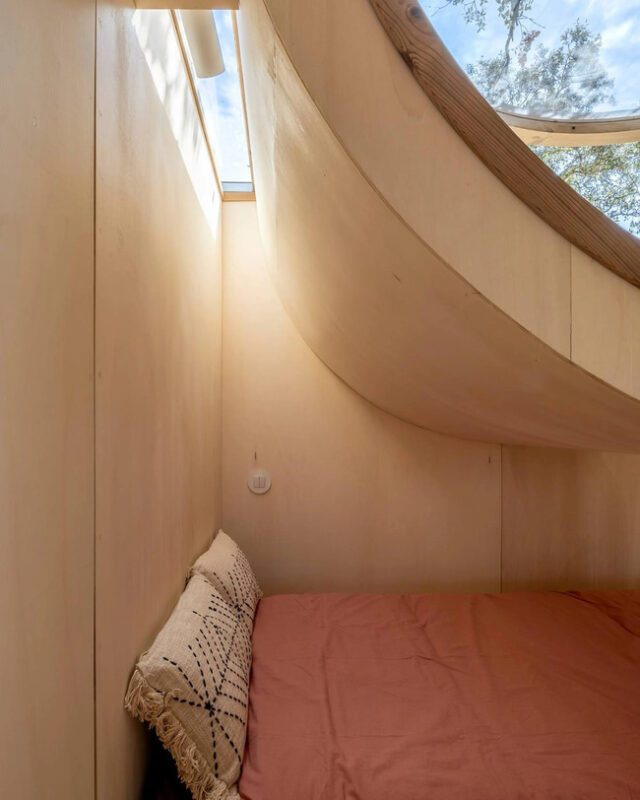
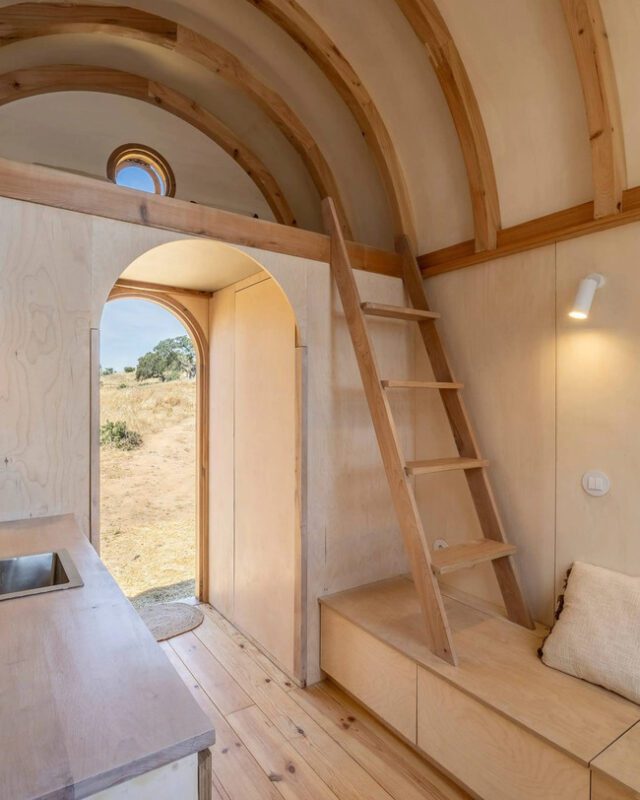
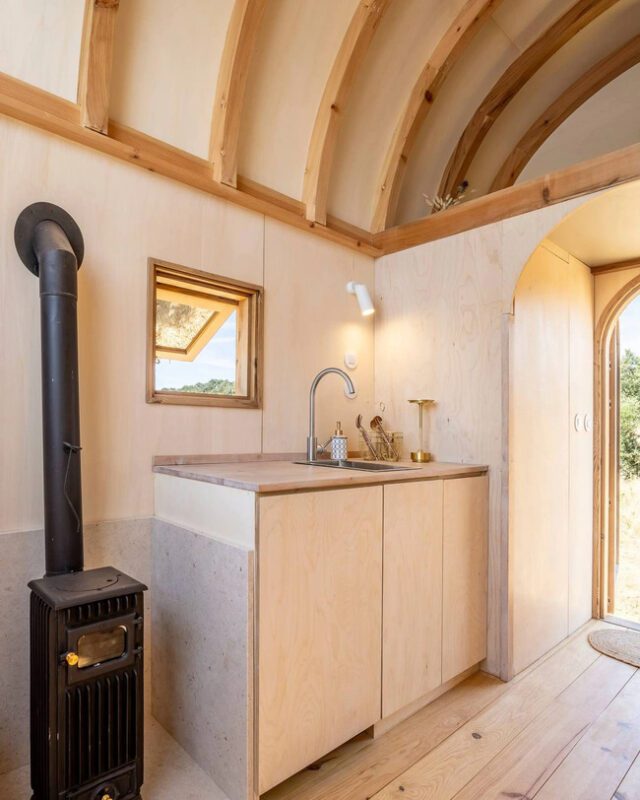
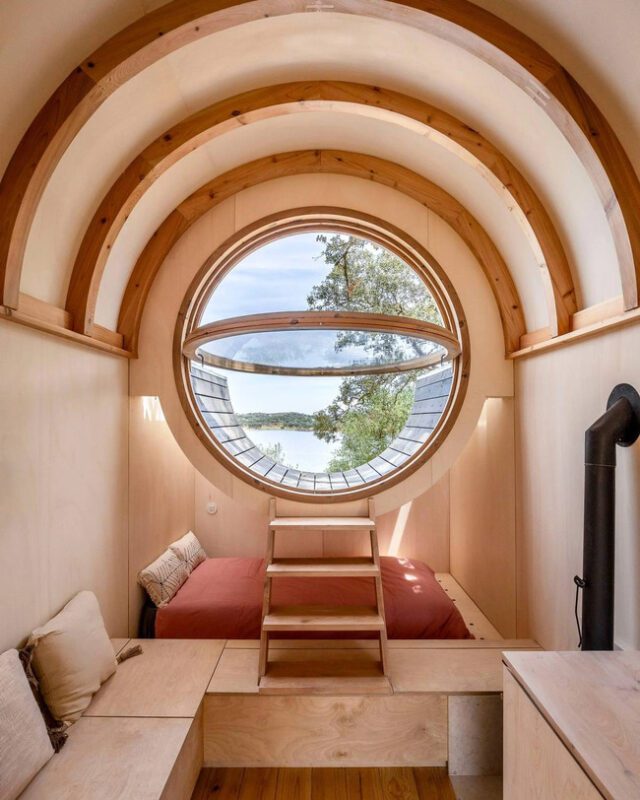
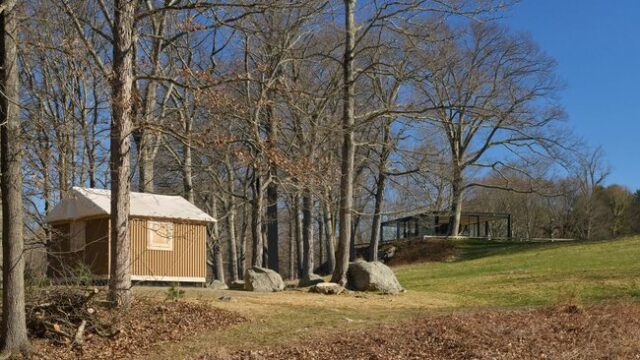
Japanese architect Shigeru Ban has unveiled a Paper Log House at Philip Johnson’s Glass House in Connecticut, marking the 75th anniversary of the iconic structure. This innovative pavilion, constructed from paper tubes, wood, and milk crates, was created in collaboration with students from Cooper Union in New York. The 13.5-foot by 13.5-foot (4.1 meters by 4.1 meters) structure stands within the historic site of Johnson’s Glass House, which was designed in 1949 and is celebrated as one of the most significant buildings of the 20th century. The Paper Log House offers a striking contrast to the original Glass House, which features glass walls within a charcoal-colored steel frame. The new pavilion’s walls, comprised of 156 paper tubes within a plywood frame and a foundation of 39 milk crates, reflect Ban’s commitment to sustainable and innovative architecture.
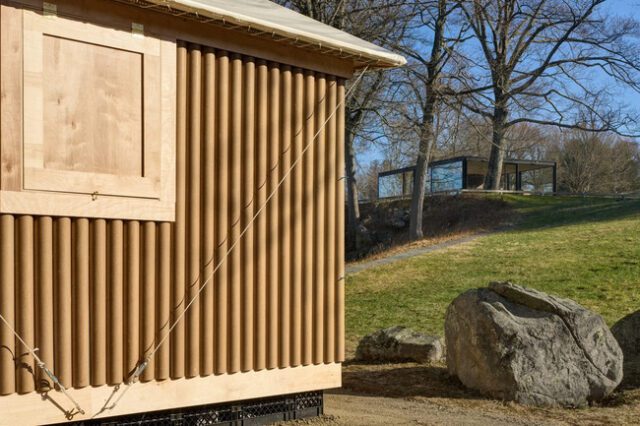
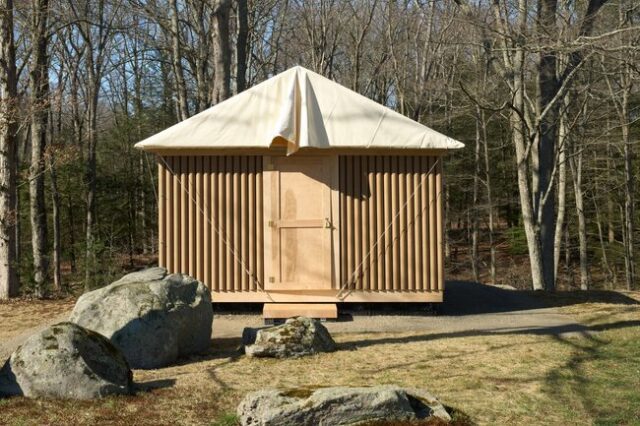
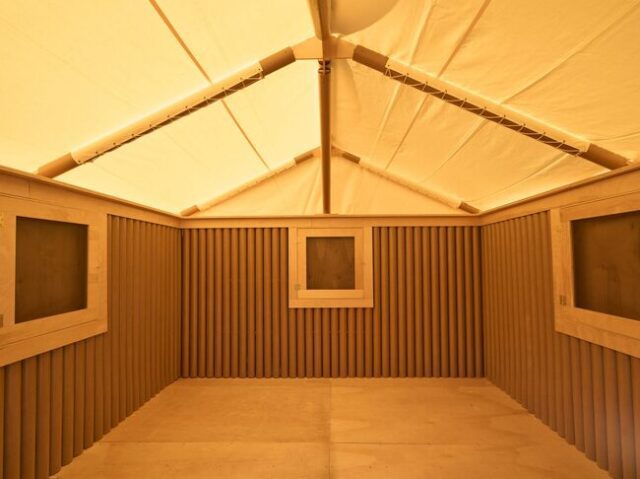
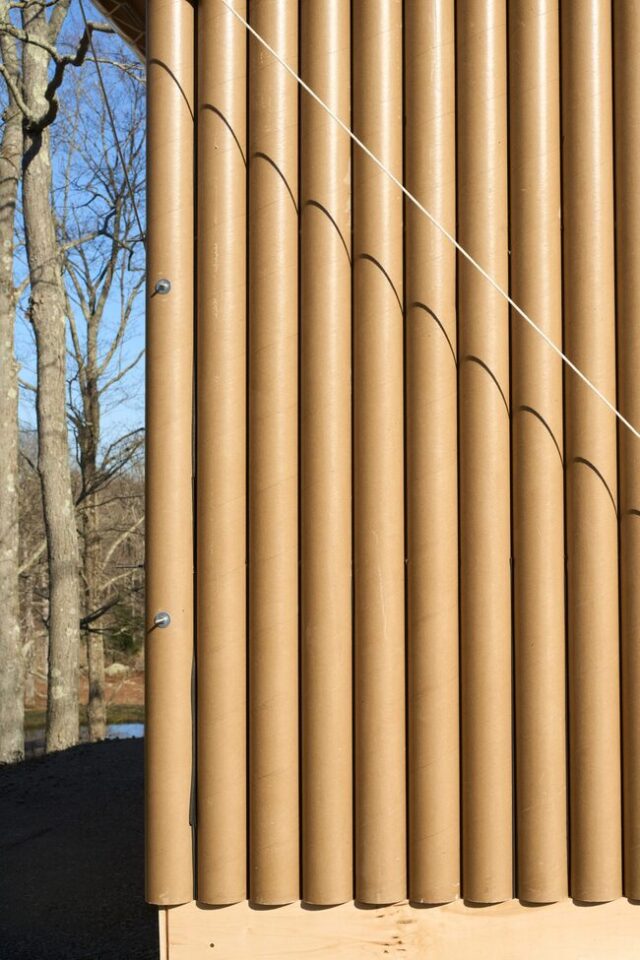

Arizona Iced Tea has garnered widespread recognition for its brightly colored cans and steadfast 99¢ price, a hallmark that has remained unchanged since its inception in 1992. Co-founder and chairman Don Vultaggio recently delved into the rationale behind this pricing strategy in an interview with TODAY’s Savannah Sellers. Competing with Snapple, Arizona Iced Tea has maintained its affordable price for over three decades, a decision Vultaggio attributes to his commitment to the consumer. Faced with inflation and economic fluctuations, the company has chosen to streamline expenses rather than raise prices. Vultaggio, who grew up in a working-class family with Continue reading “Arizona Iced Tea Founder Says He’ll Never Change the 99¢ Price and Explains Why” »

Many green-fingered Brits will be taking to their gardens this time of year – whether planting flowers or growing their fruit and veg. However, those growing their produce often face the challenge of keeping pests at bay. Slugs, snails, and caterpillars are notorious for damaging foliage and fruits. To combat this, one gardener, known on social media as @bilgemehmet23, shared a simple and cost-effective hack that has left many people stunned. His less than 1$ trick involves sprinkling Continue reading “Gardener Shares ‘Genius’ Less Than 1$ Hack to Keep Slugs Away From Home Grown Veggies” »

Many people considering gardening may envision it as an expensive pursuit, laden with costs for various equipment and materials. However, seasoned gardener Amy Chapman (@inthecottagegarden) has shared a refreshing perspective in her Instagram video, demonstrating that starting a garden can be virtually cost-free by reusing everyday items that would typically be discarded. With 179,000 Instagram followers, Amy showed how to repurpose oat Continue reading “Seasoned Gardener Shares Zero-Cost Method to Start Growing Your Own Food: ‘This Came at the Perfect Time’” »

Götene, a picturesque town in Sweden, is enticing potential residents by offering land at a meager cost of 1 krona per square meter, equivalent to nine US cents per 10 square feet. Located about 200 miles from Stockholm, the initiative aims to revitalize the town by counteracting its low birth rates and aging population. As part of the deal, buyers must construct a home on the land, intended either for permanent residence or as a vacation Continue reading “This Scenic Town in Sweden is Selling Cheap Land to Get People to Move There: ‘We Can Offer You a High Quality of Life,’ Mayor Says” »


















































